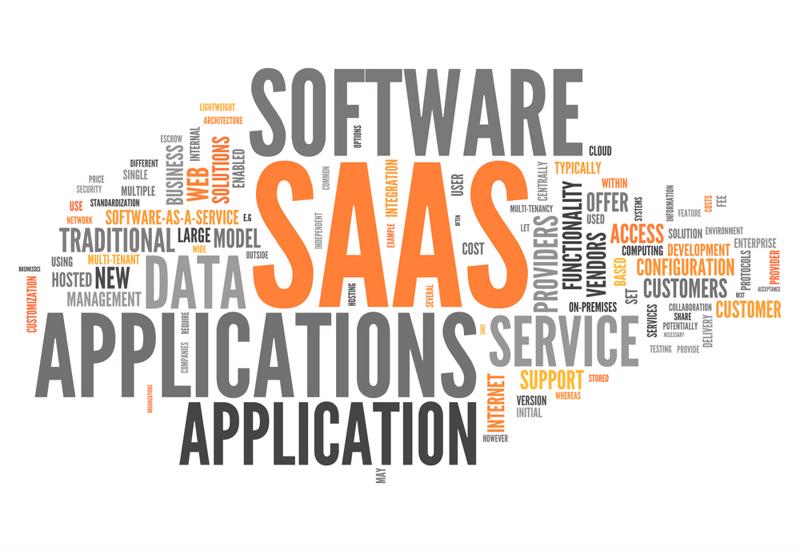In recent years, workers in all industries have become accustomed to frequent conversations about “the” cloud. Those perusing virtualization-focused headlines are bound to find articles with titles like “10 Ways the Cloud is Changing the World” and “16 Ways The Cloud Will Change Our Lives.”
“The term ‘the cloud’ is a misnomer.”
But that very term – “the cloud” – is something of a misnomer, because to put a “the” in front of “cloud” implies that cloud computing is a singular technology – one gigantic platform of virtualization. In fact, this is not the case. In the realm of enterprise virtualization, “cloud” typically refers to the broad idea of virtual servers that are accessible via the Web. Under the banner of that general idea are different technological platforms. Therefore, there’s no such thing as “the cloud” – rather, there are many clouds, and these different clouds have unique characteristics that set them apart.
For cloud-bound businesses, it’s vital for these differences to be spelled out. Unfortunately, this often doesn’t happen, since so many cloud computing technologies are referred to by a vast pool of acronyms. While these acronyms make sense to people who are in the know, they can frequently leave those who are new to cloud computing feeling overwhelmed and intimidated. Luckily, even though cloud computing is an acronym-reliant sector, these acronyms aren’t too hard to get the hang of.
 SaaS: One of the many cloud acronyms out there.
SaaS: One of the many cloud acronyms out there.Tackling the acronyms
For all of those who aren’t immersed in the virtualization and cloud worlds, it’s helpful to unpack what the widely-used cloud-based acronyms actually mean. Therefore, we’ve decided to break down some common cloud acronyms, not only revealing their meaning, but also their significance to enterprises:
- SaaS: Software-as-a-Service. When individuals or businesses turn to vendors and service providers for remotely licensed software apps, that’s called Software-as-a-Service. As a distribution model, SaaS is particularly popular, since, as TechTarget has pointed out, it provides users with benefits like automatic updates, more ease with administration and streamlined compatibility for users. SaaS also helps the companies to adopt a much standardized business processes and brings in disciple and uniformity in day to day business functions and performance. Popular programs like Salesforce and Dropbox fall under the SaaS umbrella. For this reason, many companies look to SaaS when it comes to running their central enterprise applications like Finance and Procurement. When it comes to SaaS, Oracle is a rising leader in the field, supplying a massive customer base with integrated applications.
- IaaS: Infrastructure-as-a-Service. While SaaS involves businesses transferring app responsibilities to trusted vendors, IaaS deals with the outsourcing of equipment to the chosen provider. This has proven to be an ideal solution for companies that don’t have the staffing capabilities to oversee the functionality and maintenance of cloud-based equipment, but still want to reap the full benefits of virtualization. But it’s not just a resource for companies like these: Thanks to the cost savings, scalability benefits and overall business enhancement tools it offers, it’s a go-to solution for many different types of organizations. AWS is perhaps the most popular example of IaaS.
- PaaS: Platform-as-a-Service. As far as cloud computing models that focus on outsourcing to vendors go, PaaS is about as comprehensive as you can get. Under this computing model, businesses entrust a cloud vendor with both software and hardware functionality, as TechTarget has pointed out. It provides a wide variety of development tools for enabling the developers to develop and deploy applications using standard protocols and frameworks. It also provides tools to developed standardized integrations leveraging SOA architecture. The primary benefit of PaaS – and the one that attracts enterprises of all types – is that it relieves users of the responsibility of rolling out hardware and software in-house when developing applications. In terms of application rollout, PaaS allows for potentially faster innovation thanks to the ability to get applications built more quickly and scaled as needed. But while PaaS offers potentially big benefits for users, it is not without its risks, as TechTarget has reported.”Since users rely on a provider’s infrastructure and software, vendor lock-in can be an issue in PaaS environments,” according to TechTarget. “Other risks associated with PaaS are provider downtime or a provider changing its development roadmap. If a provider stops supporting a certain programming language, users may be forced to change their programming language, or the provider itself. Both are difficult and disruptive steps.”
With many different cloud deployment choices out there, business leaders have the advantage of being able to choose from a wide variety of options. The model may vary from Private cloud to public cloud- Hybrid being the most realistic option for large companies. But the process of devising an optimal cloud solution can prove challenging for companies that are new to this space, which is where cloud advisory services can play an invaluable role in helping users to develop the best cloud solution. Advisory services are designed to assess a company’s preparedness for cloud computing, run cloud education and infrastructure-based workshops, and ultimately prepare any user to maximize its potential with cloud-based solutions.